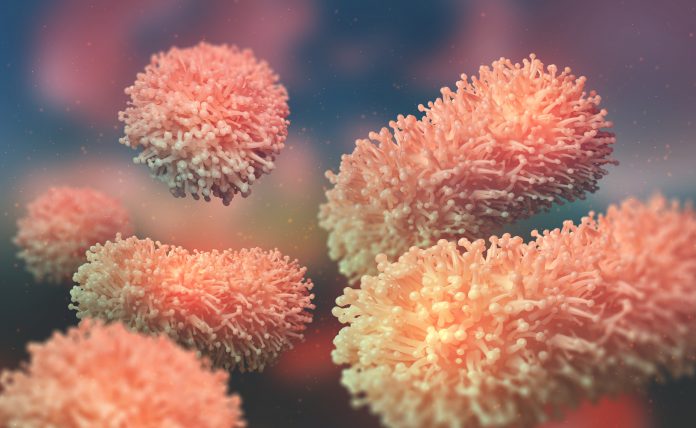A team at Washington University, St. Louis are creating a genetically engineered kill switch for some microbes, which would remotely cause it to self-destruct
When it comes to genetically engineered microbes, they are used for a range of things. Crop control relies on a variety of microbes to suppress outbreaks of infection, while microbes that exist naturally are being developed to help protect the environment by eating plastic.
There are some naturally occurring marine bacteria that even biodegrade fossil fuels, which can form a key part of efforts to fight oil spills. Scientists have been attempting to develop those bacteria for a while, to give the ocean an extra tool against what fossil fuels can do to their ecosystems.
Microbes that can eat plastic?
Associate Professor of energy, environmental and chemical engineering, Tae Seok Moon led the study published in Nature Communications. Moon is working on a microbe that can eat plastic and other harmful waste, which could be used to clean the planet and protect humans from ingesting microplastics.
He said: “But we don’t know how many days we need to keep these microbes stable until they finish cleaning up our environment. It might be a few days, or a few weeks, because we have so much waste.”
The team then looked at how genetically engineered microbes could be shutdown. The kill switch is a way to ensure that these microbes don’t escape into other forms, have unintended effects on living things or mutate into something unwanted.
Would this kill switch work on humans?
No.
The anxiety about losing control over a superficially created microbe is amplified in recent times, with the COVID pandemic generating conspiracy theories about how viruses work and who designs vaccines – with the suggestion that there is a level of biological control going on. These ideas are false, but they indicate a deep mistrust in some communities of some technology – especially where tech relates to the organic.
The concept of a kill switch in microbes would be unable to work on humans, as the team have designed these switches to work on genetically modified microbes.
Microbe self-destructs at right temperature
So far, Moon has developed several of them: one, for example, causes a microbe to self-destruct once the ambient environment around it reaches a certain temperature.
“But the previous work had either a base-level activation that was either too high or too low,” Moon said. He further explained that when he figured out how to solve that problem, “the bacteria would mutate.”
During experiments, that meant there were too many microbes left alive after the kill switch should have turned on. The researchers would like to build kill switches for microbes that will be used in soil, to kill pathogens that are deadly to crops or even in the human gut to cure diseases.
Bacteria can become global, invisible workforce
The research team wanted to solve this problem of too many microbes left alive, so they inserted up to four kill switches in the microbial DNA. As a result of these ingrained switches, only one or none microbes survive out of the immense number of one billion.
Throughout their experiments, the team were able to keep switches working for 28 days. If that is the upper limit, any microbes created would need to be able to finish their work before that period of time, or even be replaced. The microbes created by scientists should function like little, invisible helpers – carrying out a task and then organically disappearing, almost like mRNA vaccines do in the human bloodstream.
This is a harder ambition than it may seem, as microbes have an ancient desire to survive above all.
“Bacteria may seem dumb,” he said, “but they can be very smart as long as we teach them well.”











